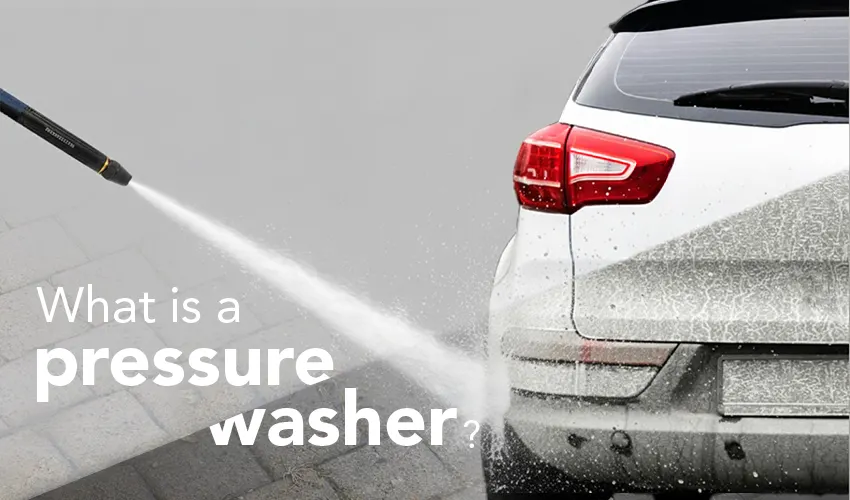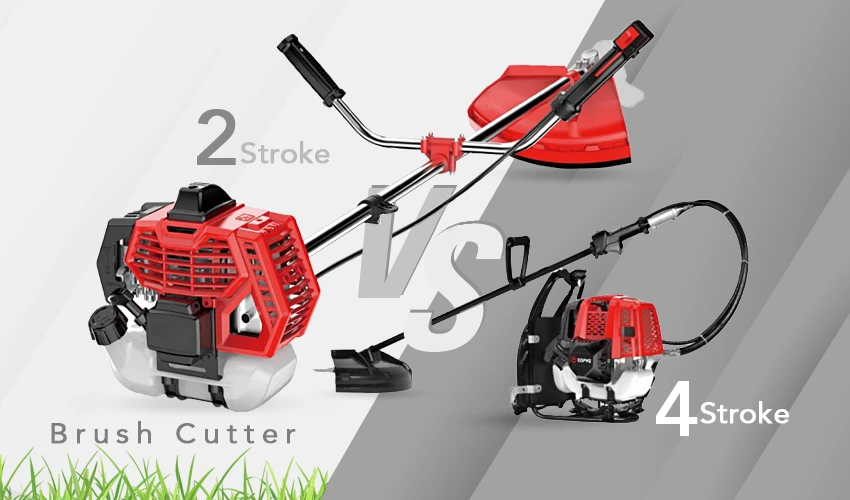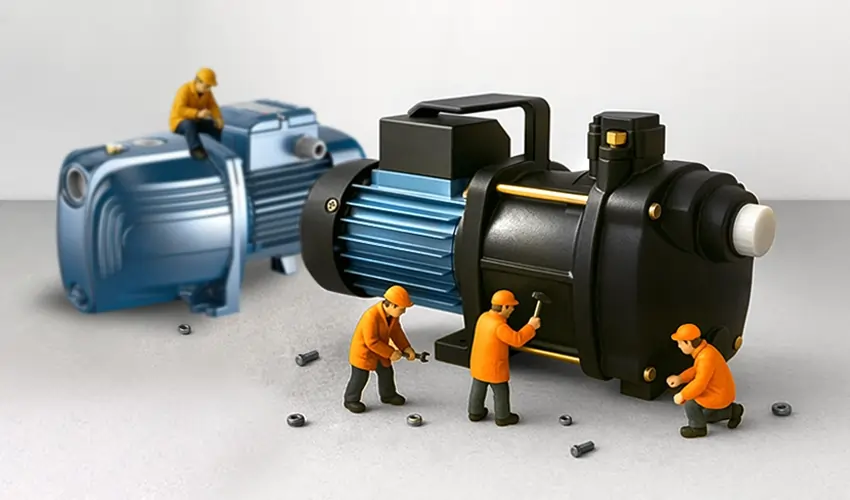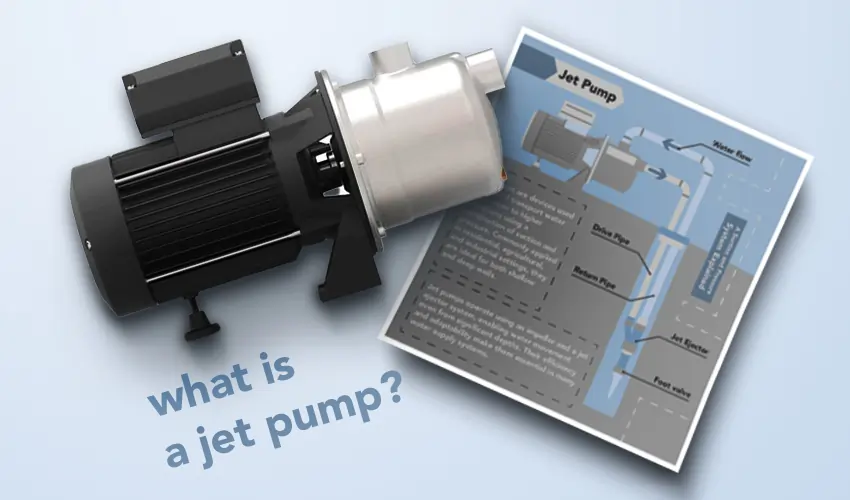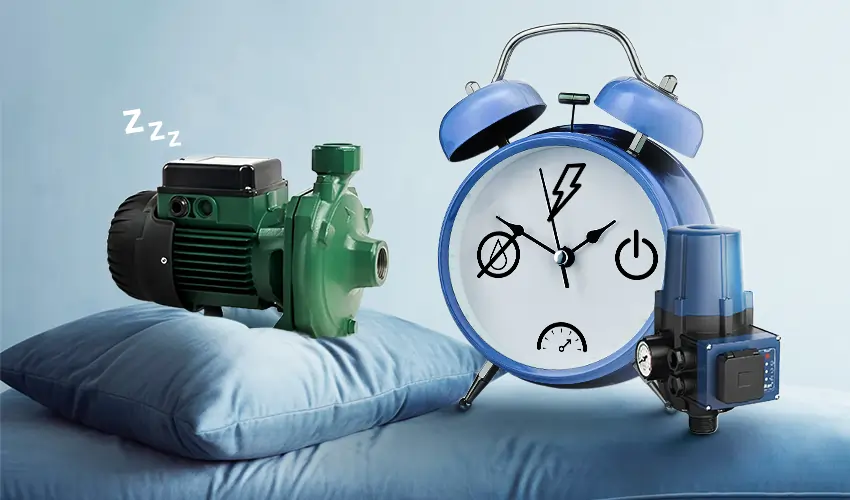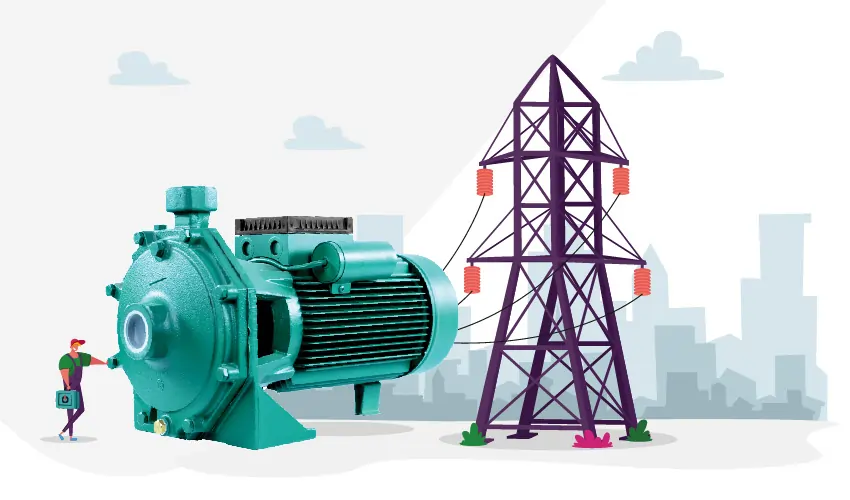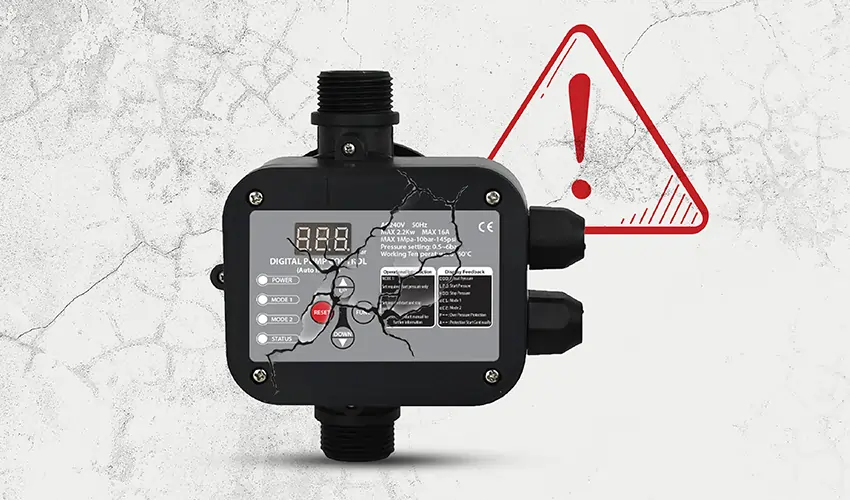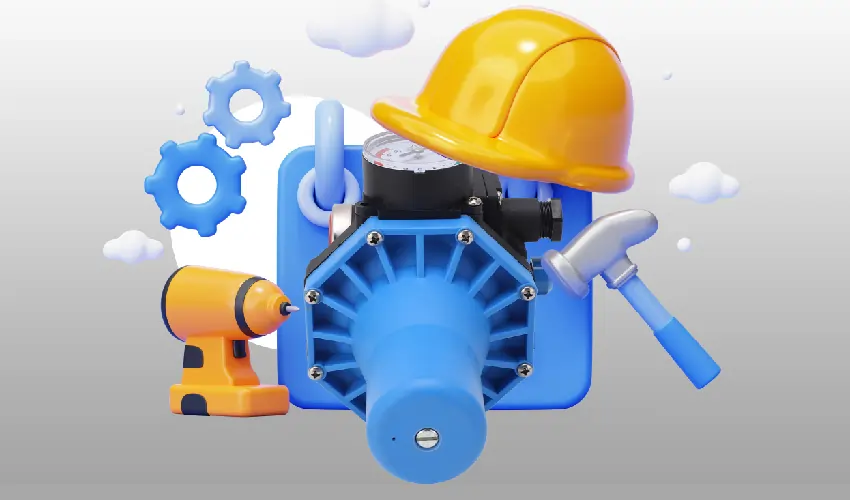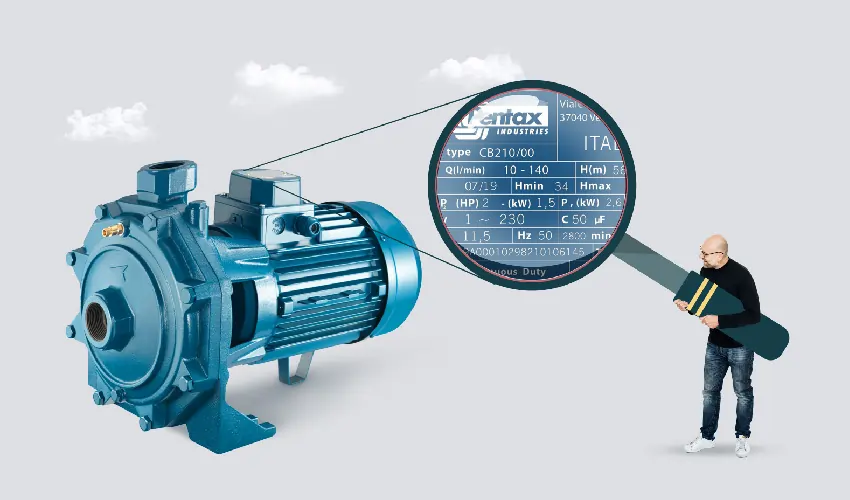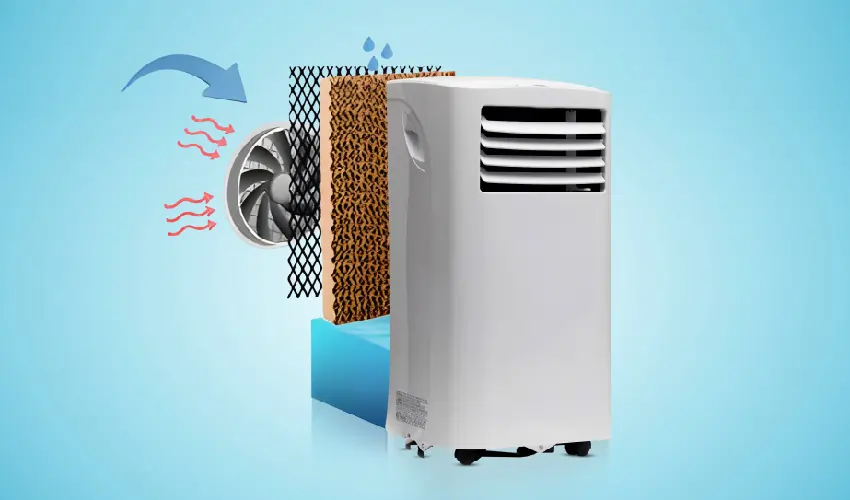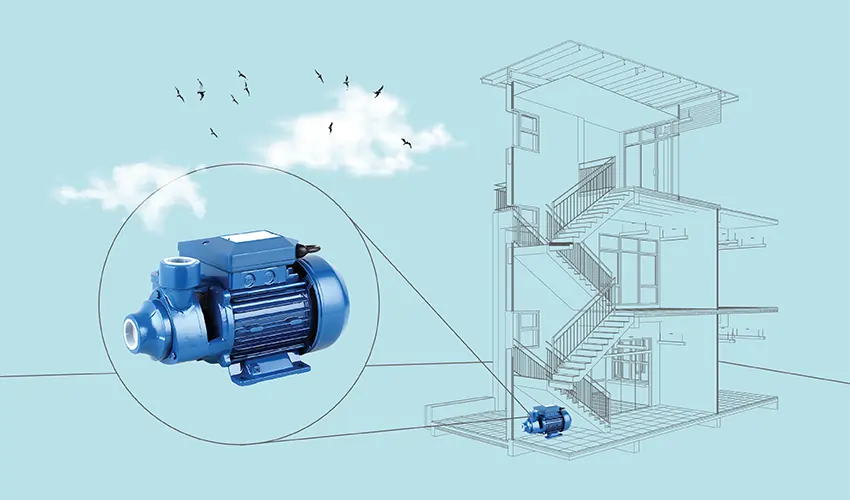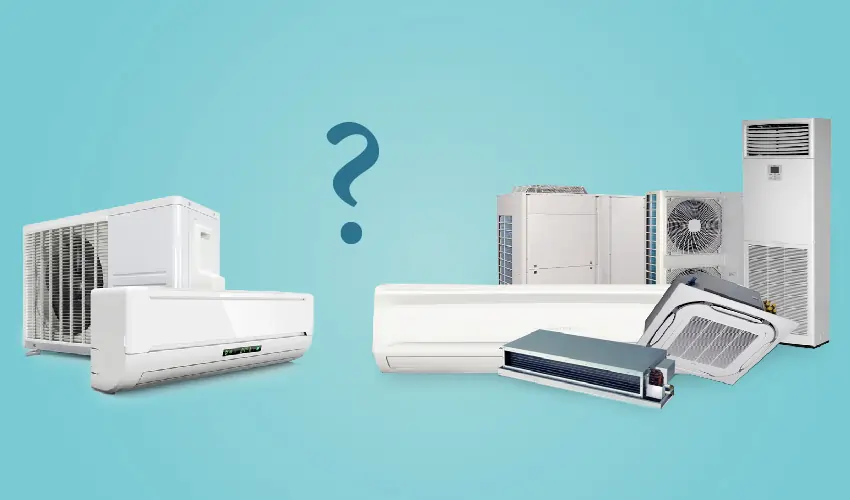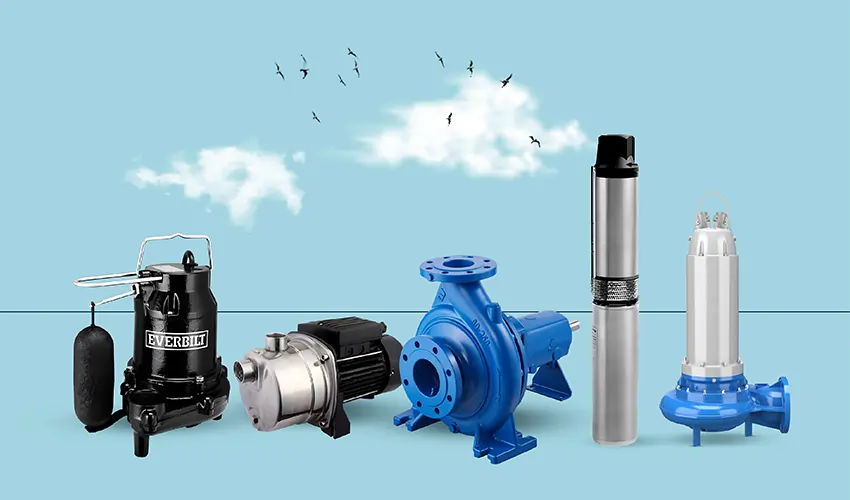Submersible Pump Repair
Submersible pump repair involves the maintenance and restoration of submersible pumps used for various applications, such as water supply, drainage, and wastewater management. This repair process typically includes diagnosing issues, disassembling the pump, inspecting components for damage or wear, replacing faulty parts, reassembling the pump, and testing its functionality. Skilled technicians employ specialized tools and knowledge to ensure the efficient operation of submersible pumps, crucial for sustaining water systems in diverse environments.
Why We Should Repair Our Submersible Pump?
Repairing a submersible pump is important for several reasons:
1. Cost-effectiveness: Repairing a submersible pump is often more cost-effective than replacing it entirely. Especially if the pump is relatively new or the damage is minor, repairing can save you money.
2. Sustainability: Repairing instead of replacing promotes sustainability by reducing waste. It’s an environmentally friendly option that conserves resources and reduces your carbon footprint.
3. Maintains Functionality: A submersible pump is a critical component in many applications such as water supply, wastewater management, and agriculture. Repairing it ensures that these systems continue to function optimally, preventing disruptions and downtime.
4. Avoids Further Damage: Ignoring minor issues with a submersible pump can lead to more severe damage over time. Repairing problems promptly can prevent costly breakdowns and extensive damage to the pump or associated equipment.
5. Safety: Malfunctioning pumps can pose safety hazards, especially in industrial settings where they’re used for handling hazardous materials. Repairing the pump ensures that it operates safely, reducing the risk of accidents or injuries.
6. Reliability: Regular maintenance and repair improve the reliability of submersible pumps. This reliability is crucial, particularly in applications where consistent performance is essential, such as in agriculture or municipal water supply systems.
7. Preserves Investment: Submersible pumps are often a significant investment, particularly in industrial or commercial settings. Repairing the pump helps protect this investment by extending its lifespan and ensuring it continues to provide value over time.
The Significance of Submersible Pump Repair
Repairing a submersible pump holds significant importance for various reasons:
1. Cost-Effectiveness: Repairing a submersible pump is often more economical than replacing it outright. Components may be salvageable, and addressing specific issues can extend the pump’s lifespan without the expense of purchasing a new one.
2. Operational Continuity: Submersible pumps are crucial for various applications such as groundwater extraction, sewage management, and industrial processes. Repairing a malfunctioning pump ensures uninterrupted operation, preventing disruptions that could affect productivity or essential services.
3. Optimized Performance: Over time, submersible pumps may experience wear and tear, affecting their efficiency and output. Repairing worn-out or damaged components restores the pump’s performance to its optimal level, ensuring it operates at peak efficiency.
4. Prevention of Further Damage: Ignoring minor issues with a submersible pump can lead to more severe problems down the line. Timely repairs can address issues before they escalate, preventing costly damage and downtime.
5. Safety Assurance: Malfunctioning pumps can pose safety risks, particularly in industrial environments where they handle hazardous materials. Repairing the pump ensures it operates safely, reducing the risk of accidents, leaks, or environmental damage.
6. Environmental Responsibility: Repairing submersible pumps promotes environmental sustainability by reducing waste. Extending the lifespan of equipment through repairs conserves resources and minimizes the environmental impact associated with manufacturing new pumps.
7. Compliance and Regulation: In certain industries, compliance with regulations regarding equipment maintenance and safety standards is mandatory. Regular repair and maintenance of submersible pumps help businesses remain compliant with relevant regulations, avoiding potential fines or legal issues.
8. Preservation of Investment: Submersible pumps represent a significant investment for businesses and municipalities. Repairing rather than replacing pumps protects this investment by prolonging their operational life and maximizing their return on investment.
How to Repair Submersible Pump?
Repairing a submersible pump typically involves several steps. However, it’s important to note that the complexity of the repair can vary depending on the specific issue and the type of pump. Here’s a general guide on how to repair a submersible pump:
1. Safety First: Before starting any repair work, ensure the pump is disconnected from the power source to prevent electrical accidents. If the pump is submerged, ensure the area is dry before attempting any repairs.
2. Identify the Problem: Determine the root cause of the issue with the submersible pump. Common problems include motor failure, impeller damage, worn-out seals, or electrical faults.
3. Inspect the Pump: Thoroughly inspect the pump to identify any visible signs of damage or wear. Check the motor, impeller, shaft, seals, and electrical connections for any signs of corrosion, damage, or debris buildup.
4. Replace Faulty Components: Once the problem is identified, replace any faulty components. This may involve replacing the motor, impeller, shaft, seals, or electrical connections, depending on the issue. Ensure you use compatible replacement parts recommended by the pump manufacturer.
5. Clean and Lubricate: Clean any debris or sediment buildup inside the pump and impeller housing. Lubricate moving parts such as bearings and shafts with a suitable lubricant to ensure smooth operation.
6. Check Electrical Connections: Inspect the electrical connections for signs of damage or corrosion. Repair or replace any damaged wires, connectors, or switches. Ensure all electrical connections are secure and properly insulated.
7. Reassemble the Pump: Once the repairs are completed, reassemble the pump according to the manufacturer’s instructions. Ensure all components are properly aligned and tightened to prevent leaks or mechanical issues.
8. Test the Pump: After reassembly, test the pump to ensure it functions correctly. Reconnect the power supply and observe the pump’s operation for any abnormal noises, vibrations, or leaks. Monitor the pump’s performance to ensure it meets the required specifications.
9. Perform Maintenance: Implement a regular maintenance schedule to prevent future issues and prolong the lifespan of the pump. This may include cleaning the pump, inspecting components, and replacing worn-out parts as needed.
10. Seek Professional Help if Needed: If you’re unsure about how to repair the submersible pump or if the issue is complex, it’s advisable to seek assistance from a professional pump technician or electrician. They can diagnose the problem accurately and perform the necessary repairs safely and effectively.


